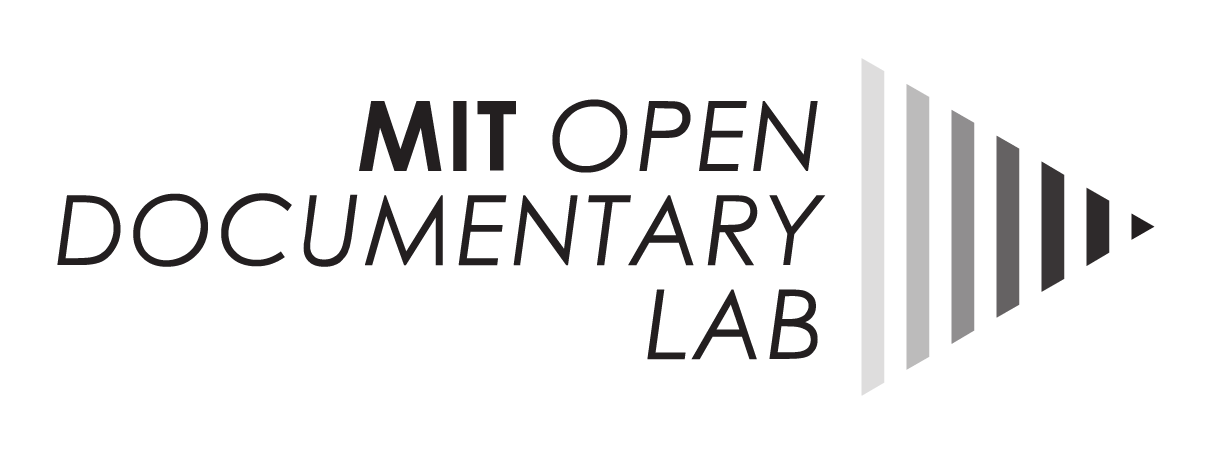
02 Jul Unfiltered Voices
As the conversation around healthcare picked momentum last week with the Supreme Court ruling on Obama’s health care reform law, I went back to watching filmmaker Peter Nicks’ interactive documentary, The Waiting Room, which I had first seen in New York Times, a few months ago.
As a former health reporter for The Times of India, one part of my challenge was to find new and interesting ways of narrating stories from overcrowded and underfunded public hospitals. I once spent 36 hours in an emergency room of one such public hospital in New Delhi to capture the pain of that experience and the inefficiency of the system through my stories. The other part of that challenge as a journalist was, which voices do you leave out when each one is a human story, and a compelling one too.?
As reporters, we need to make those judgments. But increasingly, I am becoming uncomfortable with that role, especially in today’s model of traditional journalism, practiced largely through corporate controlled structures. So, the appeal of Nicks’ documentary, for me, as a journalist is the freedom to share a human experience, without the restricting filters. As a viewer, the power of the narrative comes from much the same — unfiltered voices.
Nicks captures a day in the life of people at Highland Hospital in Oakland, California, by following patients and caregivers, as they pass through the waiting room. The story moves seamlessly without anyone trying to structure it. There is no scripted narrative to tell the story to the viewer. The story simply is – in the voices, faces, emotions and words of the people closest to it. Without being told about a story, as a viewer you experience the story of the broken healthcare system and how it impacts people’s lives.
There is Nia, who has to be brought into the emergency room for getting her asthma treated as she has no health insurance; there is William Morgan, waiting with his three young sons to get insulin for his wife, who has been without it due to lack of insurance; there is Andrew Morris, anxious about returning home without health insurance. Morris had been in the hospital for a month after he suffered a gunshot wound in a case of road rage.
The filmmaker needs no additional narrative to let us know the impact of lack of health insurance not only on people’s lives, but also the healthcare system. Nia would probably not be at the emergency if she had access to regular care. And William Morgan would not be waiting at the hospital for an entire day, with his small children, if he had health insurance after losing his job.
What gives the film additional impact is the participation of people through a booth placed in the waiting room at Highland Hospital. More booths are expected at other waiting rooms to record peoples’ stories – patients and staff – as they journey through a day. Short webisodes, produced by video journalists and filmmakers, following patients and staff over time, will continue to be added.
Nicks is using traditional journalism skills of storytelling – but crafting a story in far more objective way, in which the journalist’s viewpoint does not become the spine of the story. One does see the filmmaker’s presence through few brief questions. For instance, there are times when Nicks helps lift sources of resilience and hope in the voices that he is capturing. For a story that is so bleak, letting the viewers experience the sources of hope in people’s lives is truly valuable.
Is this where traditional journalism needs to go? Or, are there too many stories in this form of documentary? Does it need the skills of a traditional journalist to make it more concise and digestible for viewers? Perhaps, there is need for both. Traditional media is already trying to experiment with this form as it moves beyond multimedia into interactive documentaries. Whatever be the long-term answers, there are some takeaways for traditional journalists in these emerging forms of storytelling.
Kalpana Jain
The writer is a former Nieman fellow and currently a senior fellow at the Schuster Institute for Investigative Journalism at Brandeis University.




